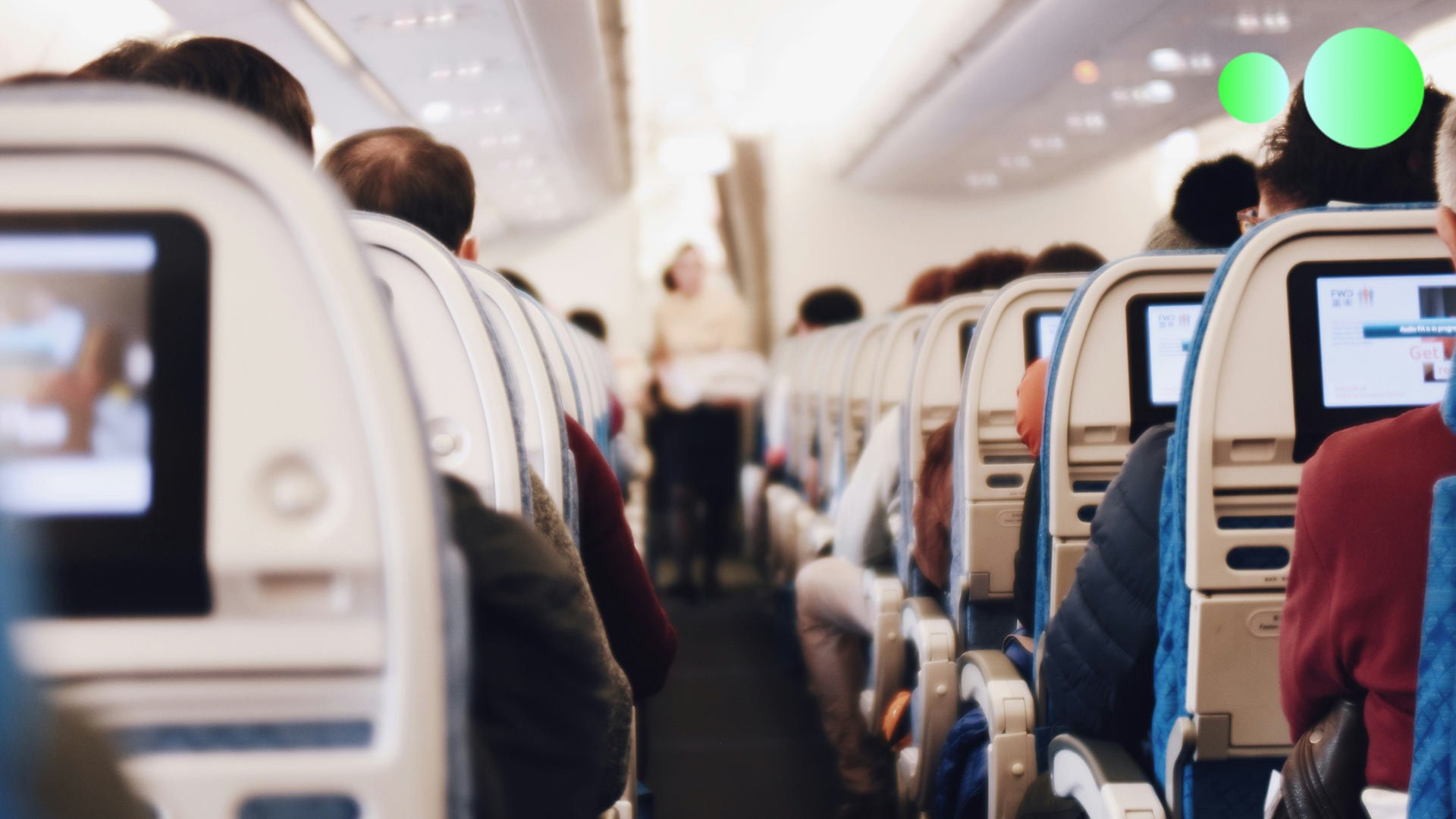Is Climate Change Making Turbulence Worse for Air Travel?
Have you ever hit turbulence on a flight? If you're a frequent flier, the answer is likely yes. But what if those bumpy encounters are becoming more frequent and severe, posing a potential threat to your safety? Experts are increasingly concerned that climate change is playing a role in increasing turbulence risks for air travel, particularly the unpredictable and hazardous clear air turbulence.
What is Flight Turbulence?
Turbulence is the unexpected shaking, bouncing, or rolling of an aeroplane caused by uneven airflow. These bumps can arise from various factors, including:
Jet streams: The powerful, high-altitude wind currents that can create turbulence along their edges.
Thunderstorms: The strong updrafts and downdrafts associated with storms can cause significant turbulence.
Mountainous terrain: Air flowing over mountains can become unstable and create turbulence.
Wake turbulence: The invisible vortexes left behind by larger aircraft, create turbulence for planes flying close behind.
Clear Air Turbulence: As its name implies, clear air turbulence happens in seemingly calm air with no visible cloud formations. It's caused by rapidly changing wind speeds at different altitudes. Clear air turbulence is hard to predict, detect or avoid, making it particularly hazardous.
The recent Singapore Airlines incident involving severe clear air turbulence tragically highlights the dangers of this phenomenon. Similarly, the 2019 United Airlines flight from Newark to Hong Kong experienced severe turbulence, causing 12 passengers and crew members to be hospitalised. These events and others have prompted experts to warn that climate change could lead to more frequent and intense clear air turbulence events on many flight routes.
Climate Change and Turbulence
Studies suggest a link between climate change and increased turbulence. A 2022 University of Reading study found a significant rise (55%) in severe clear air turbulence over key flight corridors since 1979. As the planet warms due to increasing greenhouse gas emissions, turbulence frequency and severity may worsen because:
Jet streams are becoming more erratic with more considerable wind variations
Thunderstorms are becoming more intense, especially super-cell thunderstorms
Temperature differences between air masses are amplified, fueling clear air turbulence
A 2017 study predicted a potential doubling or tripling of severe turbulence on major flight paths if emissions remain unchecked.
Staying Safe in Turbulent Skies
While turbulence can be unnerving, staying safe is paramount. Here are some tips from the CNA:
Passengers and crew should keep their seat belts fastened at all times, even when seated during meal times or when the seatbelt sign is off.
Children under 3 should be held by their parents and have their seatbelts fastened. If a child is in a bassinet, they should be placed on the adult's lap with an infant seatbelt on during turbulence.
Passengers should crouch low and hold onto something sturdy (not a service cart) if they encounter turbulence while moving around the cabin.
Try to avoid using the restroom when turbulence is likely and avoid queuing for the restroom.
Turbulence is felt less near the wings of the aircraft but it is more important to keep your seatbelt on than where you sit.
In extreme turbulence, avoid seats near the galleys to avoid injury from flying objects.
Other Climate Impacts
Of course, turbulence is far from the only climate risk modern aviation faces. More broadly, climate change is destabilising our environment through:
Extreme Heat and Drought: Heatwaves are becoming hotter, more frequent and longer-lasting, straining power grids and water supplies.
Wildfires: Drought conditions and heat accelerate wildfire risk, putting lives, property and air quality at risk.
Flooding: Higher temperatures cause more precipitation, such as heavy rain rather than snow, increasing flood risks.
Taking Action for a Smoother Future:
The good news? We can mitigate these risks. Tools like the EN-ROADS Climate Solutions Simulator, a user-friendly interactive tool, allow us to explore climate action scenarios based on actual data and models. By adjusting variables such as energy production, transportation methods, and dietary choices, we can see the potential impact on emissions and climate risks. Creating clean energy solutions, improving transportation options, and adopting sustainable dietary choices can all help reduce emissions and climate risks.
By working together to tackle climate change through ambitious and collective global action, we cannot only reduce turbulence risks for air travel but also protect communities worldwide from the worst impacts of climate change. Your actions matter, and they can make a difference.
Further Reading:
Researchers studying the seafloor off Norway, where a massive ice sheet retreated 20,000 years ago, have uncovered a concerning discovery. Ridges on the seafloor reveal that retreat speeds have reached up to 600 metres per day in some areas, suggesting Antarctica's ice sheet may be melting much faster than predicted. Read more in "Antarctic Melting Could Be Faster Than Predicted, Fossils Reveal".
Explore the world with Global Trekker. Enjoy new articles weekly and documentaries monthly. To watch our channel, find your local operators on our Where to Watch page.
Broaden your mind, open your heart, and inspire your soul with Global Trekker.Follow us:









